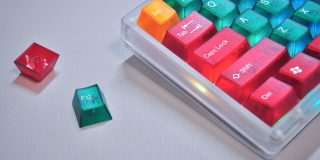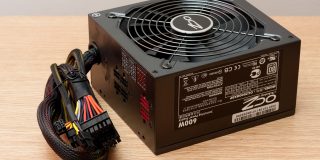What GPUs Support DirectX 12?
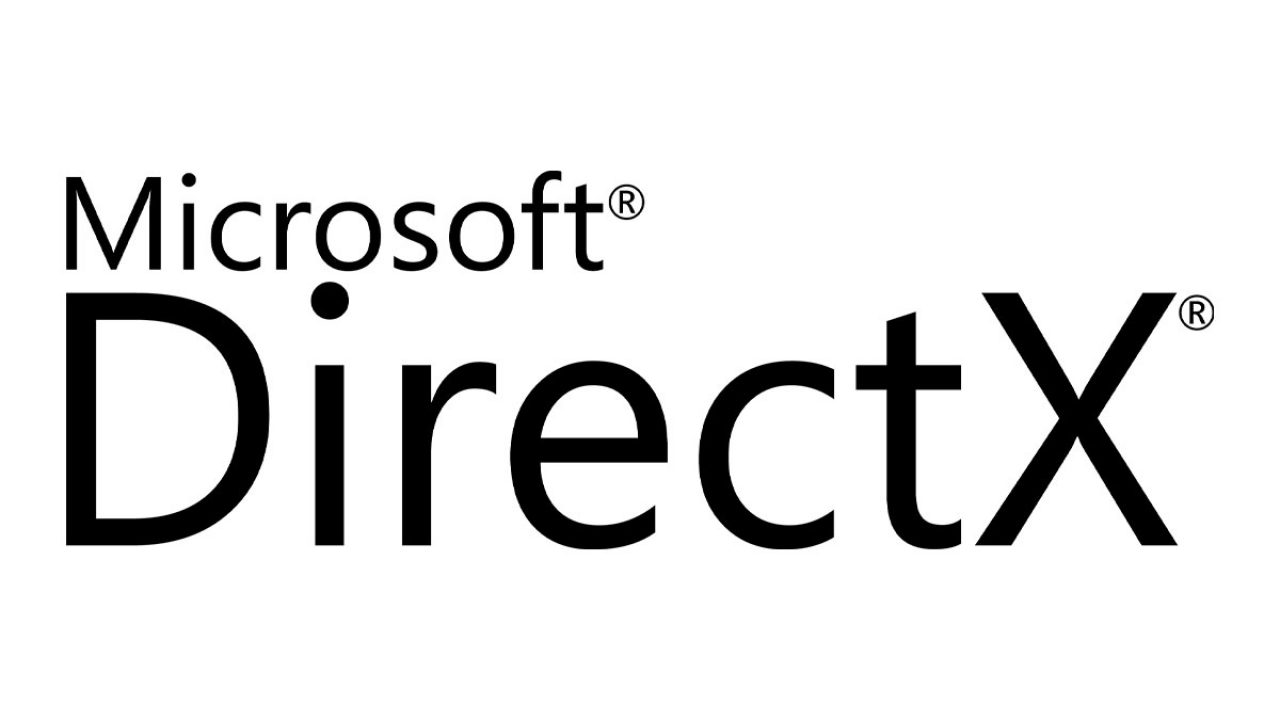
DirectX 12 took the tech world by storm, offering an enhanced system for your favorite video games. It delivers better visuals, boosts your framerate, reduces load times, and unlocks detailed worlds.
However, the only way to reap the benefits of this technology is to have a compatible GPU. This article will cover the graphic cards that support DirectX 12.
DirectX 12-Compatible GPUs
DirectX 12 works with a large number of GPUs. Here are some of the most popular options:
Radeon HD 7000 Series
The Radeon HD 7000 series has been the go-to GPU line for many years. It’s compatible with DirectX 12 and can streamline your gaming experience with several robust features.
The most impressive part of this GPU is the RDNA 3 microarchitecture. It helps make the gadget twice as fast as some of its predecessors while being relatively affordable. Additionally, the product has better performance per watt than older models, and it also comes with 5 nm processing to further boost the performance.
The chiplet design is another highlight. The revamped model results in more compute units for a smoother experience. Furthermore, it has 12 GB of VRAM, allowing you to enjoy your favorite AAA titles with DirectX 12 in a fast-paced environment.
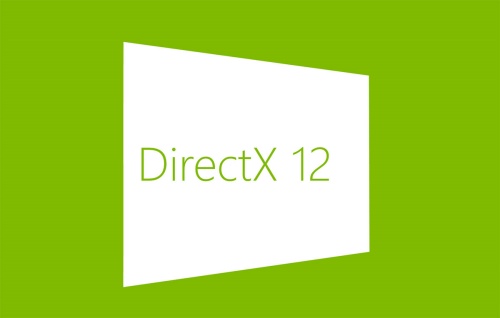
Radeon HD 8000 Series
Another GPU series that supports DirectX 12 is Radeon HD 8000. This graphics card also worked great with the previous DirectX versions and provided an optimized gaming setting.
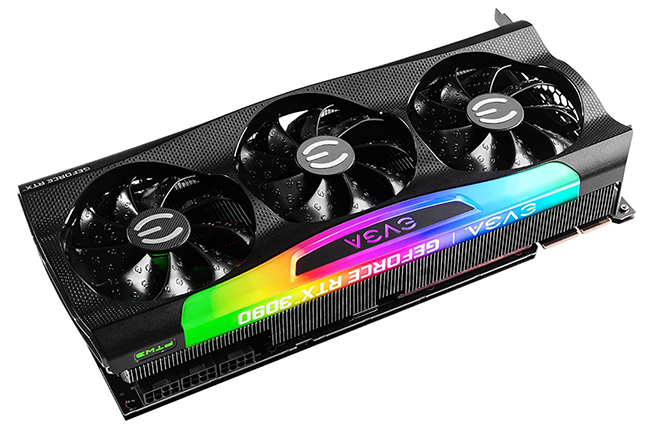
It’s hard to find fault with this model’s performance. It features 128 shader cores running on the hi-tech GCN architecture that comes with two high-quality compute units. The item operates at around 225 MHz, which is perfect for most games. Although it doesn’t have built-in memory, it can rapidly access your system’s main memory for silky-smooth transitions.
Users also appreciate the integrated VCE 2.0 encoder and UVD 4.2 decoder to help improve your resolution. Coupled with DirectX 12, this feature promises more immersive gaming sessions.
Speaking of immersion, you can use this GPU with two monitors. It connects easily using DisplayPort 1.2, HDMI, DVI, and VGA ports.
Radeon R7 Series
If you’re looking to streamline the performance of your PC with DirectX 12, you can’t go wrong with a Radeon R7 GPU. Versatility is one of the strongest suits of this graphic card. It can be easily mounted due to its slim design and is just 150 mm long to fit all cases. You can also use this model on older monitors since it has a convenient VGA port. There’s a DVI and HDMI port, too, to provide higher-quality images.
This device is mostly used on lower-end PCs, but it can also work great on more advanced configurations. The standard frame rate is just around 25.2FPS, but you can bump this up to more than 45 FPS for a smoother experience.
Radeon R9 Series
The R9-series GPUs are another excellent choice for DirectX 12-based devices. It features cutting-edge GCN architecture with significantly more cores than its predecessors. Before this series was introduced, the highest number was 2,048. This model contains nearly 800 more units, which is almost 40% more than older products.
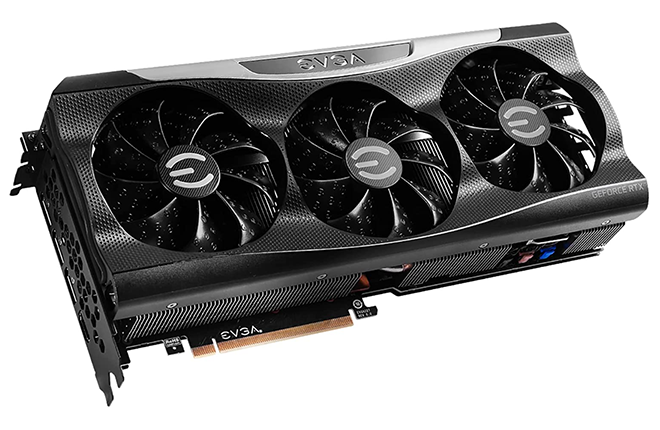
It gets even better. The manufacturer has doubled the primitives your chip can compute per clock from two to four. There are also more texture units (from 128 to 176) and more render outputs (from 32 to 64). The render output uptick is especially interesting since it represents a major ratio shift. This means the R9-series cards can give you more pixels per second to optimize your 4K gaming.
Radeon improved the memory interface too. The previous versions had up to 384 bits, whereas this model features an amazing 512-bit system. Plus, the memory bandwidth was elevated to a satisfactory 320 GBps.
The GPU’s potent performance is powered by a cutting-edge DMA engine to enable smoother gaming on multiple 4K monitors. You might think such a robust system requires bulky connectors, but that’s not the case. In fact, you don’t need any of the external connectors that multi-GPU solutions have been using for more than a decade.
All you need to power your 4K gaming is a DisplayPort 1.2 or HDMI 1.4b. The card also supports two DVI outputs that generate resolutions of up to 2,560 x 1,600. It’s nothing special, but this is the DVI’s limitation, not the GPU’s.
NVIDIA GeForce RTX 20 Series
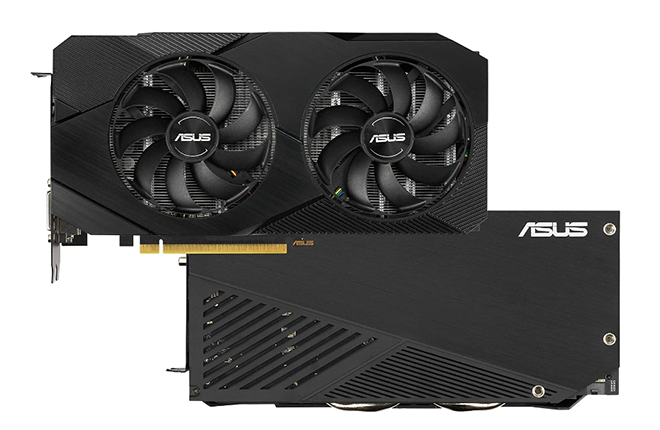
The NVIDIA GeForce RTX 20-series GPU line was released in 2018, but it holds up exceptionally well. Compatible with DirectX 12, it promises satisfying and realistic gaming sessions.
In terms of the specs, these GPUs are a massive upgrade over their predecessors. They feature more cores, higher memory, and the cutting-edge 90 MHz overclock. It gradually increases the core frequency of your card to boost performance and prevent overheating.
What is more, the RTX 20 series offers nearly 500 tensor cores and 46 RT cores. These render AI-powered computations and ray tracing seamlessly, both of which dramatically enhance your worlds. For instance, the features transform game elements such as glass, puddles, and many other reflective objects into mirrors to make your gaming more immersive.
The tensor cores are especially impressive. By incorporating AI into GPU technology, these components let your PC process anti-aliasing much faster. The feature can also harness cutting-edge deep learning that applies anti-aliasing and super sampling simultaneously.
If you want to upgrade your PC with DirectX 12 by installing an RTX 20 card, you’ll need to pay top dollar. However, the higher price is more than justified. These GPUs leave the GTX 1080 and other older models in the dust. This gives you better in-game performance, as it increases the FPS from 20-40 to over 60.
NVIDIA GeForce RTX 30 Series
NVIDIA is known for incredible GPUs, and the RTX 30 series is no exception. These graphic cards support DirectX 12 and offer many admirable features.
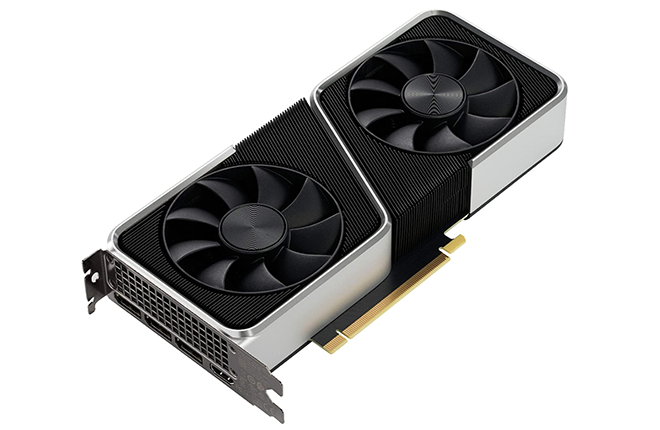
This line of GPUs is based on the NVIDIA Ampere architecture that drastically improves power efficiency and performance. The company used innovative optimization to increase the number of CUDA cores to allow the models to handle FP32 workloads much faster. This technology is a tremendous upgrade over Turing, which processed integer workloads with just one data path. Through this improvement, NVIDIA has ensured a higher framerate for most devices.
Besides the uptick in cores, there are significant boosts to the memory bandwidth, texture units, and cache memory. The gadget also operates on 320 bits, which should be enough for most AAA games that require DirectX 12.
The company has retained NVIDIA RT cores with this GPU line. These second-generation units work similarly to the original models, but they’re more efficient. This translates into lower energy consumption and better performance.
NVIDIA GTX Titan Series
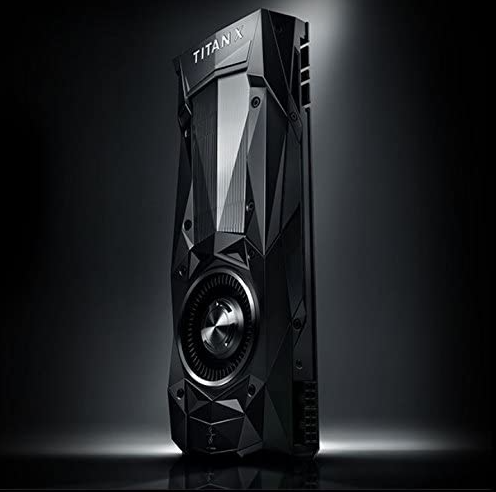
We’ve mentioned many powerful GPUs that work with DirectX 12, but the NVIDIA GTX Titan series might stand high above the rest. It offers next-level performance with many outstanding upgrades.
Originally, skeptics believed this GPU line wouldn’t run some supercomputer technologies, such as virtualization, dynamic parallelism, and Hyper-Q. However, the reality is entirely the opposite. This series supports all those technologies and can execute large CUDA workloads. It also features double-precision tensor cores for incredible performance.
GTX Titan models are dramatically faster than prior single-GPU solutions, like the AMD Radeon or GTX 680. You get a higher FPS, easily eclipsing the 100-frame mark in some video games. Furthermore, the single GPU is by far the most robust graphic processor this manufacturer has ever released.
When it comes to power consumption, the series again delivers fantastic results. It operates at 74 watts, which is 4 watts less than the GTX 680, and 8 watts less than the Radeon 7970.
Upgrading your PC with this GPU series provides yet another advantage – relatively quiet operation. Most cards feature a large vapor chamber cooler on top of the chip and a silent blower that circulates air throughout the body. It can get a bit warm at times (83 °C is usually the peak temperature), but you shouldn’t hear the traditional NVIDIA or Radeon roar. In addition, it doesn’t include closed-loop water coolers strapped to the silicon, which would add unnecessary weight.
The exterior is just as formidable as the interior. Most of the GPUs from this series come with an aluminum shell that features eight billion transistors. That’s nearly a three-billion uptick from the Hawaii XT or GTX 980 core and more than a billion from the previous Kepler-based Titans.
As the product is manufactured in the same process as previous Kepler models, it’s a bit bulkier than standard GPUs. It’s about 600 mm long, which is 40 mm more than some other units.
Finally, this series boasts incredible overclocking. The GPUs can buff clocks drastically and make a world of difference in terms of your gaming performance. For instance, you can raise the base clock to nearly 1,500 MHz and memory to almost 4,000 MHz.
Elevate Your PC Performance
Gaming on a subpar computer is sluggish and inhibits your performance in competition. DirectX 12 can solve this problem, but only if you have the right GPU. We’ve covered several models you can install into your PC. Choose one based on your budget, and your sessions will become much more immersive.








